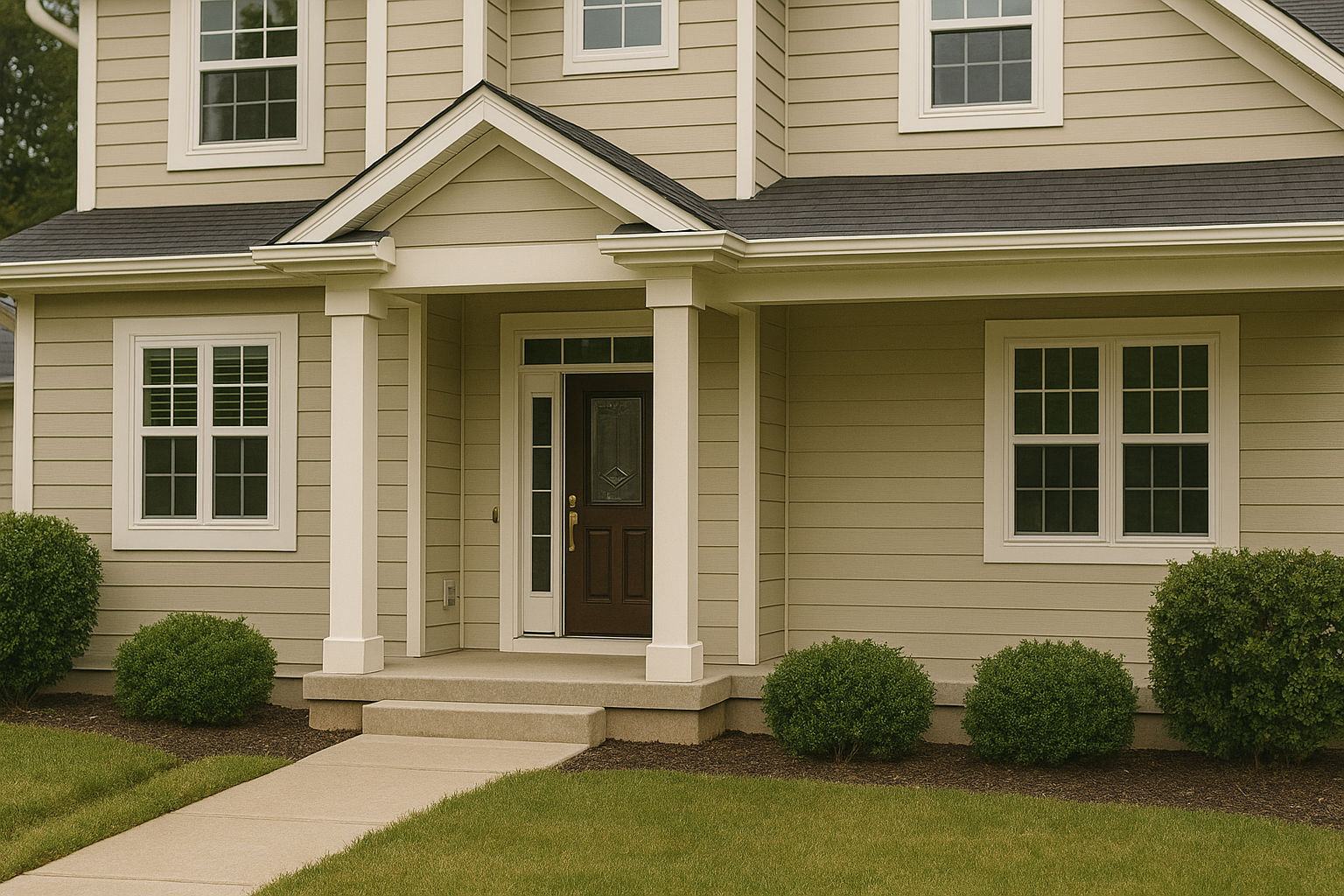Ground Fault Circuit Interrupters (GFCIs)



We've all seen them . . . they are normally located in kitchens and bathrooms, at patios and decks, among other places. They are the receptacles with the little TEST and RESET buttons. Some have red and black buttons, and some have buttons that match the color of the actual receptacle (often white or cream colored). We're talking about the trusty Ground Fault Circuit Interrupter or GFCI.
GFCIs come in receptacle form (first photo above) as well as circuit breaker form (second photo above). Each does the same thing. They are designed to help protect people from shock or electrocution when it comes to water and electricity contact.
GFCIs entered residential construction standards back in the 1970s. In 1975 they were only required for receptacles located in bathrooms and at most exterior locations. Over time, like most things in the building code, the number of required locations for GFCI protection increased. On February 12, 2022, the Commonwealth of PA moved up to the 2018 International Residential Code (IRC) which includes the 2017 National Electric Code (NEC). GFCI protection is required for 120 Volt 15 and 20 Amp receptacles located in bathrooms, garages, unfinished basements, crawl spaces, within six feet of sinks (such as laundry sinks), at the home's exterior, at receptacles that serve kitchen countertops, receptacles that power kitchen dishwashers and light fixtures in crawl spaces. This essentially covers all places that water and electricity can potentially meet. Notice that I didn't say that GFCI devices need to be installed at each of the above locations, but instead that these areas simple require GFCI protection. There is a difference . . . more on that later.
GFCIs work by monitoring the amount of electrical current on the hot (black or ungrounded) and neutral (white or grounded) wiring feeding the GFCI device. If it senses an imbalance between the two wires (such as 5 Amps on the neutral wire, and 4.5 Amps on the hot wire), it assumes that extra electrical current (0.5 Amps) is leaking (such as shocking someone) and should trip. GFCIs are designed to trip at an unbalance of 5 mA which is a pretty small level of current. GFCIs can trip in about 1/40th of a second. GFCIs do not require a ground (often bare or green insulated) conductor in order to function, so FGCIs can easily be added in older homes that were only wired with two-wire systems, such as knob and tube (K&T; pre-1950) and two-wire Romex/NM cable (mid-to-late 1940s to about the mid-1960s). In this case the "No Equipment Ground" stickers that come with GFCIs should be installed at the downstream-protected receptacles so that the home's occupants know they are not actually grounded.
The electrical code stipulates what receptacles inside or outside a home must be GFCI protected but it does not say that the actual GFCI devices (the 'resets') must also be located in these same areas. As mentioned above, where GFCI protection is required and where the GFCI devices must exist can be two different things. In many homes from the 1980s and 1990s, sometimes all of the exterior and bathroom receptacles were protected by a single GFCI device (such as a GFCI receptacle located in a bathroom or in the main breaker panel). Therefore, one GFCI device can protect downstream receptacles in multiple areas of the home. Most electricians nowadays will install GFCI receptacles in each bathroom and at each exterior receptacle. Generally modern kitchens will have two or more GFCIs installed. The garage receptacles, including ones on ceilings, are normally all tied to a single garage wall GFCI receptacle. This provides more convenience since the user only has to reset the GFCI right in the bathroom, kitchen, etc. versus having to go to a different area of the home to reset the GFCI if it trips.
One thing that the NEC does say pertaining to device location, however, is that GFCI devices must be installed in "readily accessible" locations. This means not requiring a tool, ladder, etc. to access and not located behind a permanent appliance, for example, but it generally means being able to see and physically touch the device by standing on the adjacent floor surface.
As part of a home inspection, per the ASHI (American Society of Home Inspectors) Standard of Practice part 7.1.A paragraph 9, "the inspector shall inspect ground fault circuit interrupters". By 'inspecting', it means to TEST them. The proper method of testing a GFCI is to use its own built-in test button. For a GFCI receptacle, pressing the TEST button will easily determine if the unit is working as designed. If it trips, good. Next press the RESET button. If it does not trip or reset, then something is wrong. It could be a faulty GFCI. Modern GFCI receptacles are designed to that if they are wired backwards (hot/neutral reversed also known as reverse polarity), they will trip but won't reset. This feature is meant to force the user to fix the wiring problem. Older GFCI receptacles could trip yet still have receptacles downstream that are still powered. The 'won't reset' feature is designed to prevent this.
For testing a GFCI breaker, again, press its TEST button. The breaker handle should move to the center location (it's 'tripped' position) and you should hear the breaker trip. Next fully turn off the breaker (from the middle 'tripped' position to the 'off' position) and then back to the ON position. If a GFCI breaker or receptacle won't reset or continues to trip once reset, this indicates a problem warranting the prompt attention of a qualified electrician.
One difficulty that often occurs for home inspectors is when testing receptacles to determine if they are GFCI protected, it may trip a GFCI device located elsewhere in the home. Finding the actual tripped GFCI to reset it can sometimes border on the 'nearly impossible' if it is located in a different room since we can't hear the actual 'click'. In some homes the tripped GFCI receptacle is located behind shelving, boxes, furniture or other clutter where the inspector would have no chance of ever finding it. If we can't see the GFCI, we can't test and/or reset the GFCI. Remember, home inspectors don't move the seller's belongings to perform the inspection.
GFCI breakers and receptacles should not be confused with AFCI (arc fault circuit interrupter) breakers and receptacles. GFCI and AFCI circuit breakers look very much alike and each has TEST buttons. GFCI and AFCI receptacles each have TEST and RESET buttons. GFCI devices are designed to help protect from shock or electrocution, whereas AFCI devices are designed to detect electrical arcing which could lead to a house fire. GFCI and AFCI devices will be clearly labeled on the device's front or side to differentiate one type from the other.
Facts, opinions and information expressed in the Blog represent the work of the author and are believed to be accurate, but are not guaranteed. The Lancaster County Association of Realtors is not liable for any potential errors, omissions or outdated information. If errors are noted within a post, please notify the Association. Posts represent the author's opinion and are not necessarily the opinion of the Association.













